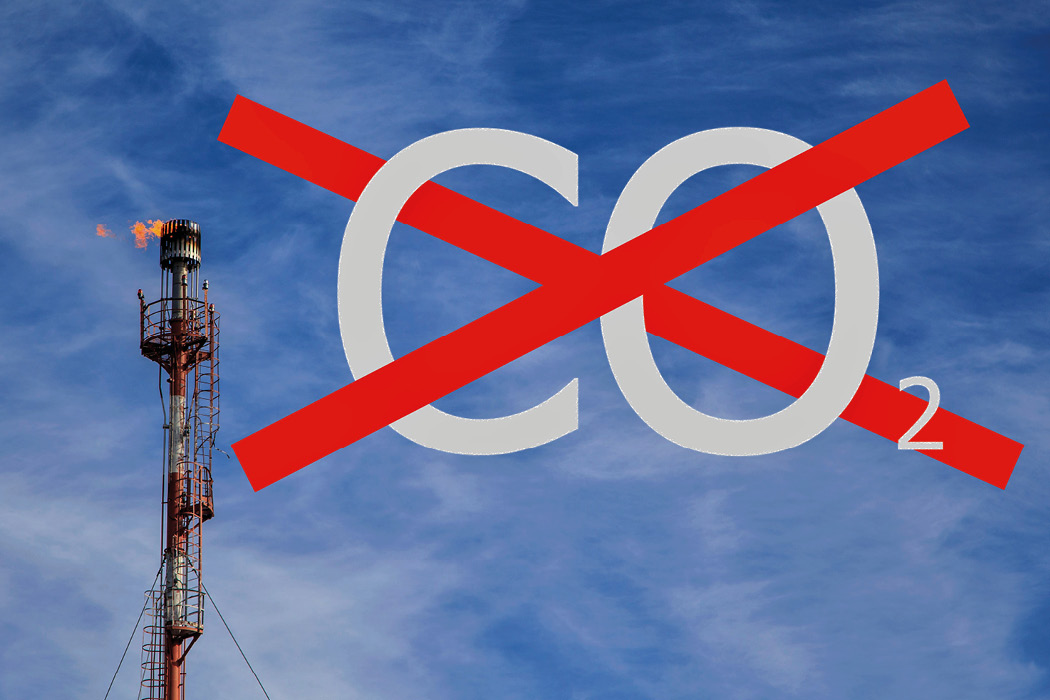What does ESG look like under the bonnet? As a company are you doing what you say you do and is it helping? The issue of how an organization manages environmental, social and governance or, in short, ESG issues seems to be more important than ever in a still pandemic-infected, somewhat fragmented global economy. For an O&G sector piloting transition it is a burning one.
Burning, as in flaring (see Cover Story in this issue), is a case in point. Speaking at an online International Petroleum Week event in February, Matt Haddon of the sustainability firm ERM, listed five steps for O&G decision makers on the road to transition. After telling his audience they had to measure and understand their carbon footprint, make the link between low carbon pressures and financial performance, set a net zero goal with near-term targets and pursue carbon removal techniques, Matt paused for breath. Step 5, he announced, was to stop routine flaring because without this measure “you have no credibility”.
According to the World Bank Group, routine global gas flares emit more than 400 million tonnes of CO2-equivalent emissions every year and in the US at least, some states are resorting to legislation. A growing number of oil companies, including the likes of Shell, Chevron and Occidental, are signing up to the World Bank’s ‘Zero Routine Flaring by 2030’ initiative – an ESG policy which also needs to show up as ESG under the bonnet.
Speaking at another online event recently, Caspar Chiquet of BP Shanghai reminded his audience that BP was taking an integrated approach on the road to transition. That meant moving away from the previously siloed world of upstream and downstream and looking right across the value chain. “It means less volume, more value in the hydrocarbons business,” he said “and it’s where the cash flow comes from that enables us to do more in the renewable energy business.”
That integrated approach and the ESG that goes with it is designed, in part at least, to appease the investment community. Investors want to see old fashioned O&G returns combined with real evidence of transition. Getting rid of flaring is just one part of the deal. The industry’s investment in large-scale renewable projects is another but as Chiquet notes, high value, high return hydrocarbon projects must be part of the mix, certainly until 2050 and probably well beyond.





